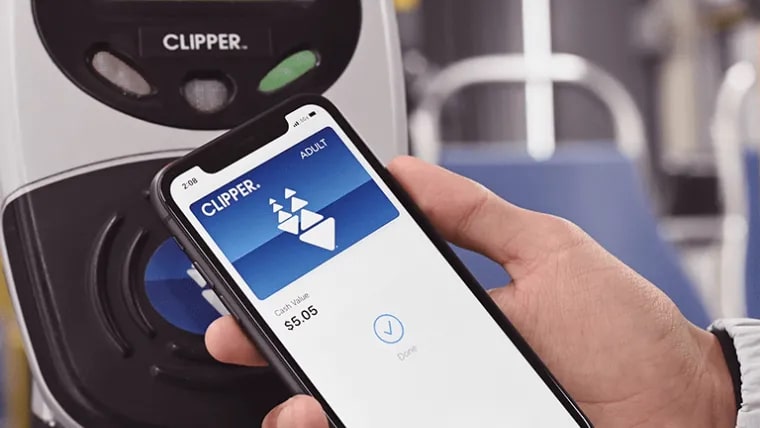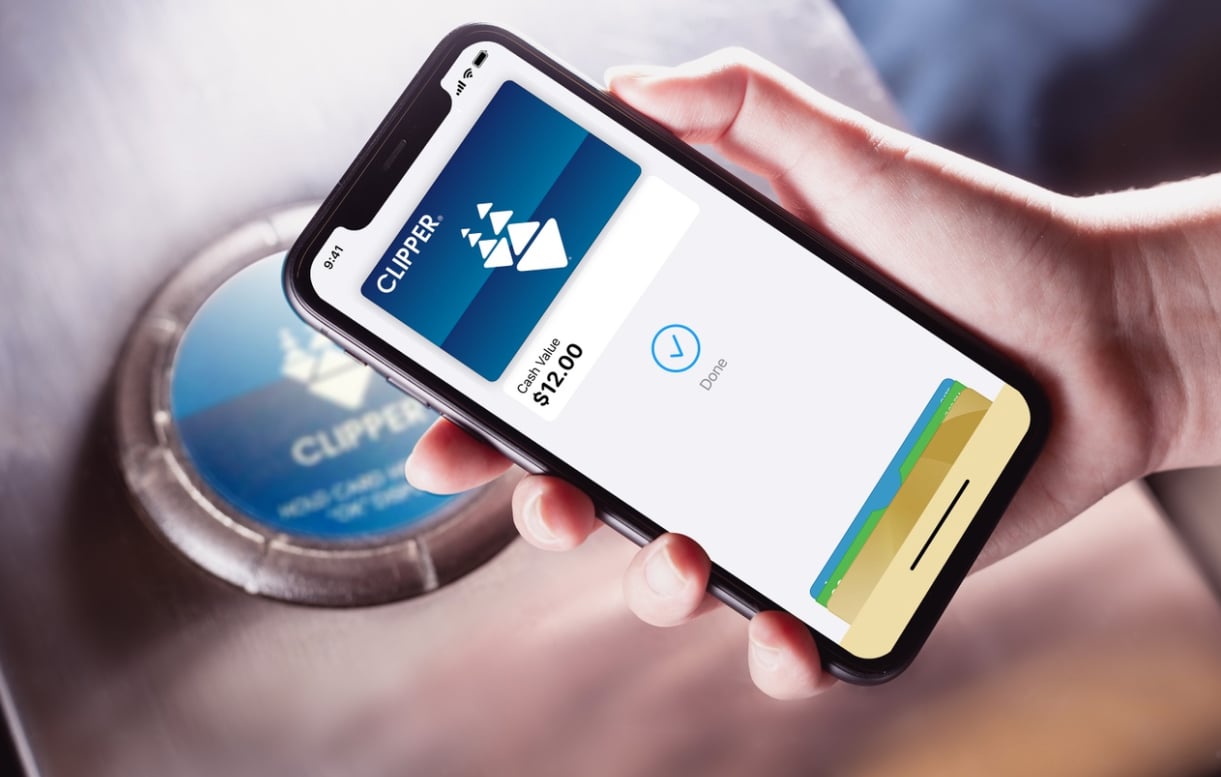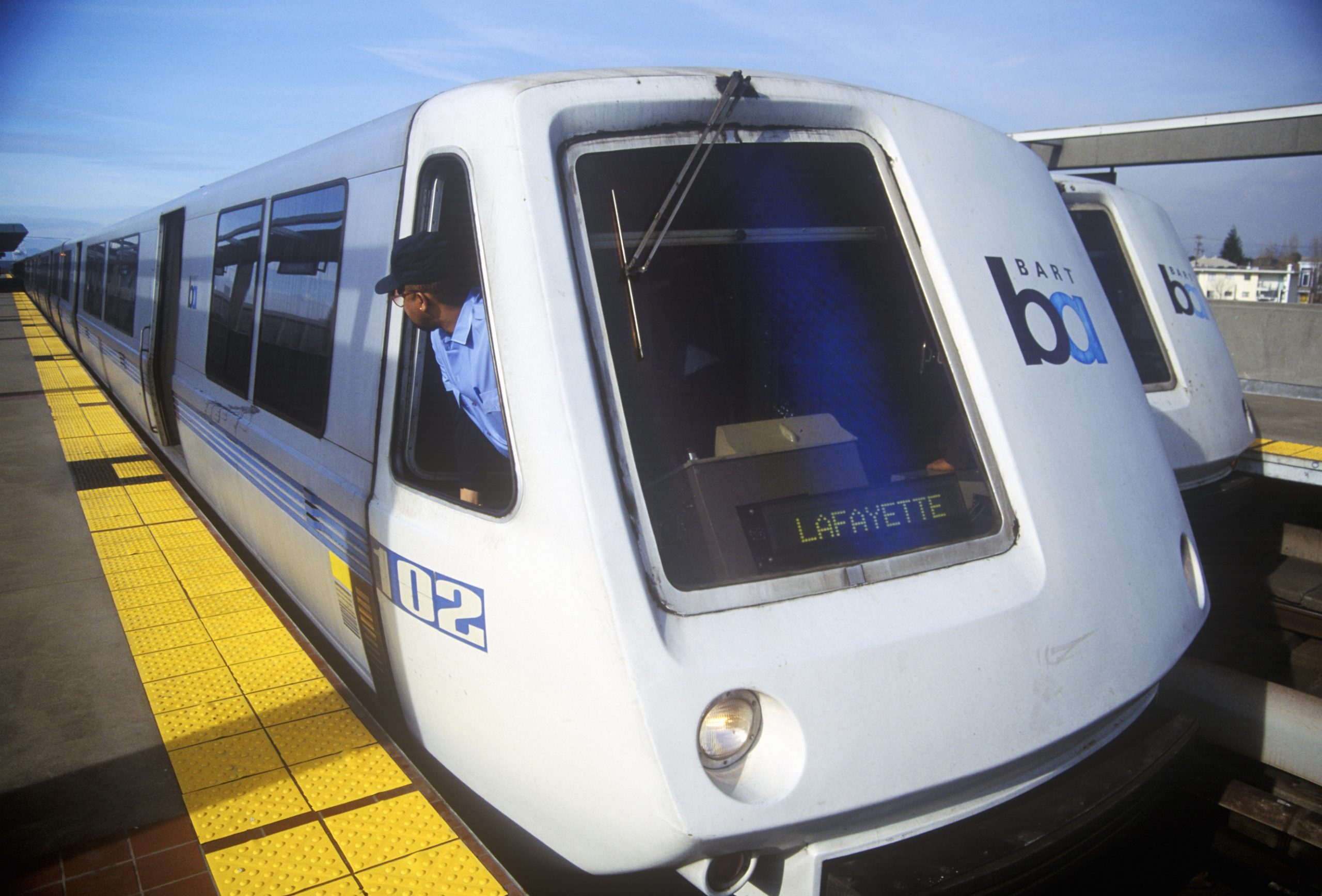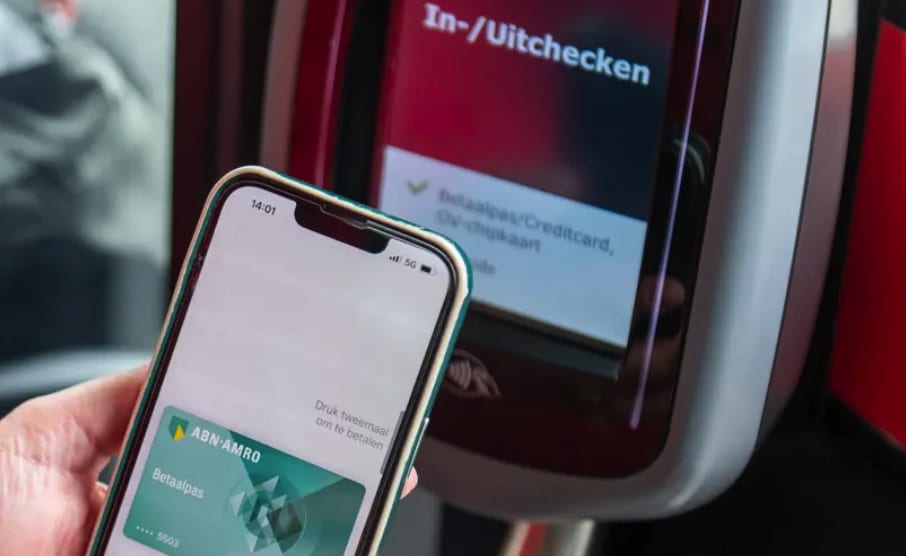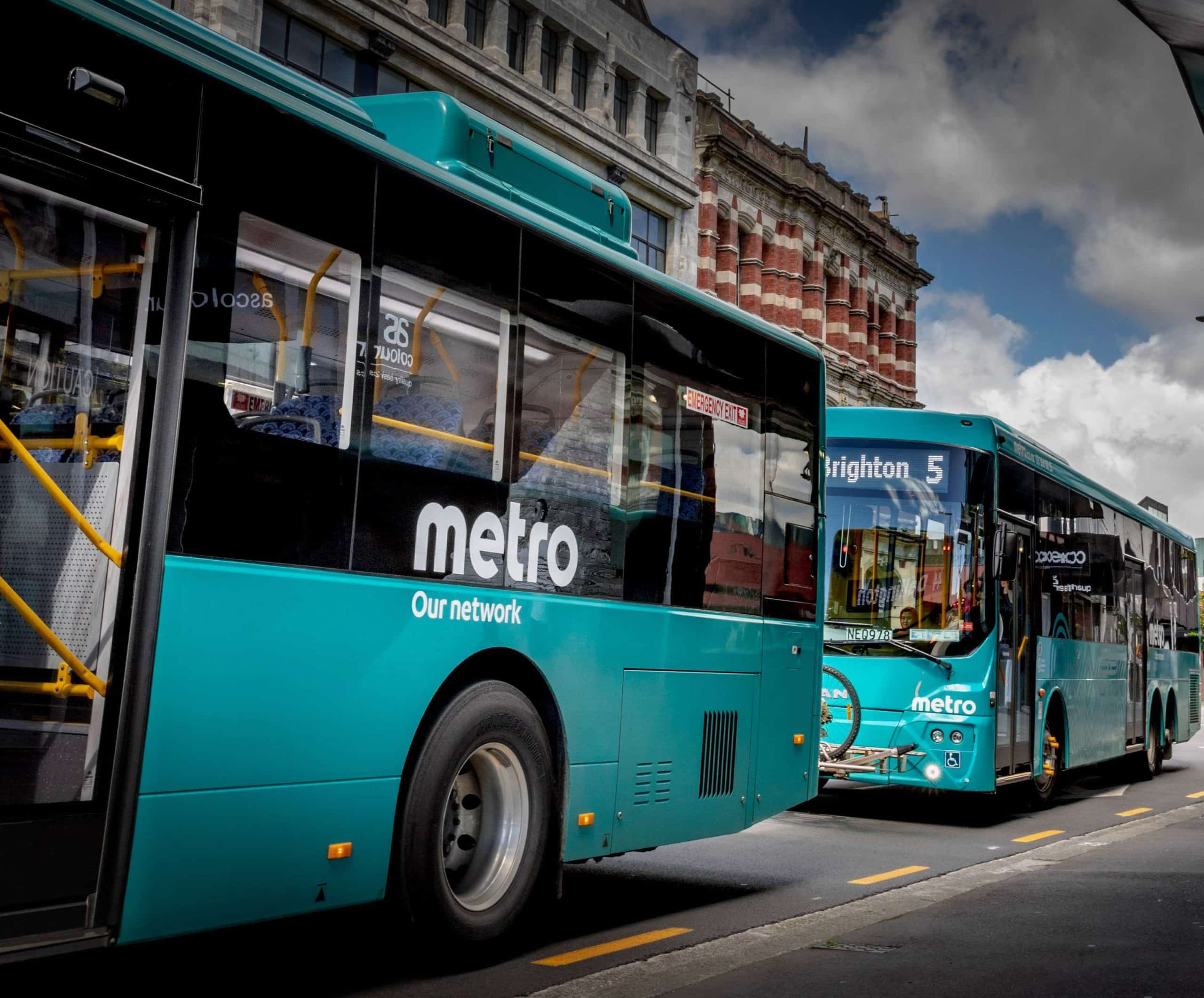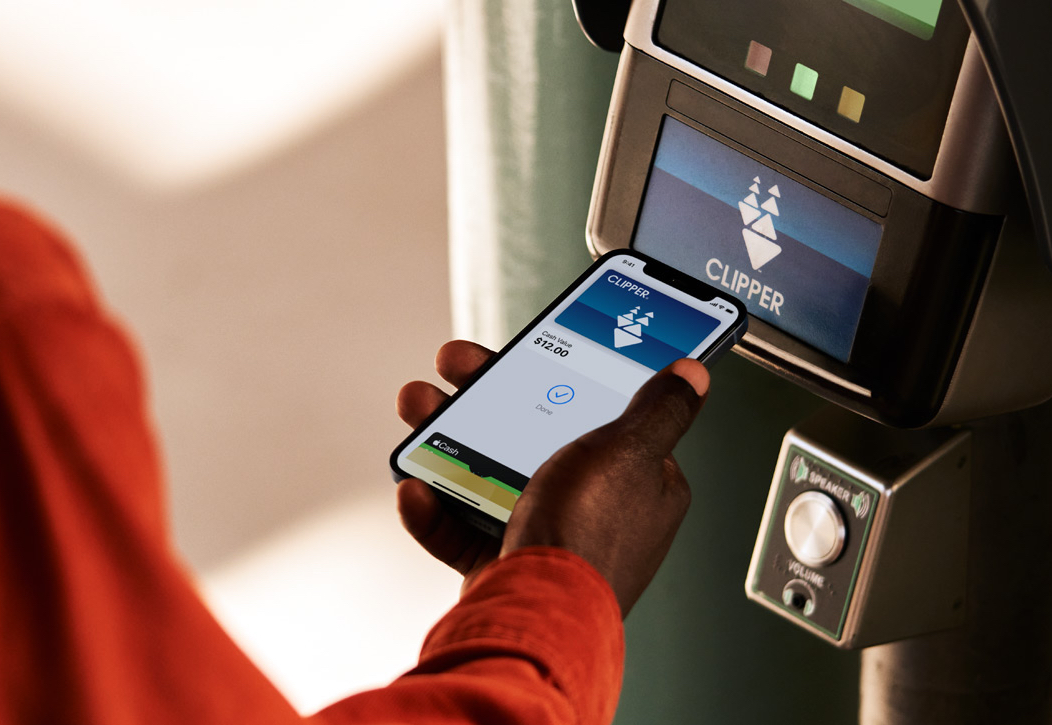
Article Highlights
The NFC Pays services, led by Apple Pay, are enabling more closed-loop fare cards to their wallets, seeking to add to the utility of their wallets.
Since last September, Apple has added support for virtual closed-loop cards in Washington, D.C., Los Angeles, Chicago and now San Francisco, all with links to local transit apps developed by automated fare collection vendor Cubic Transportation Systems.
• Apple
• Google
• MTC
Although the trend for transit agencies to support open-loop fare payments, including with Apple Pay, Google Pay and other Pays wallets, has continued unabated–even accelerated–during the pandemic, another trend is…







